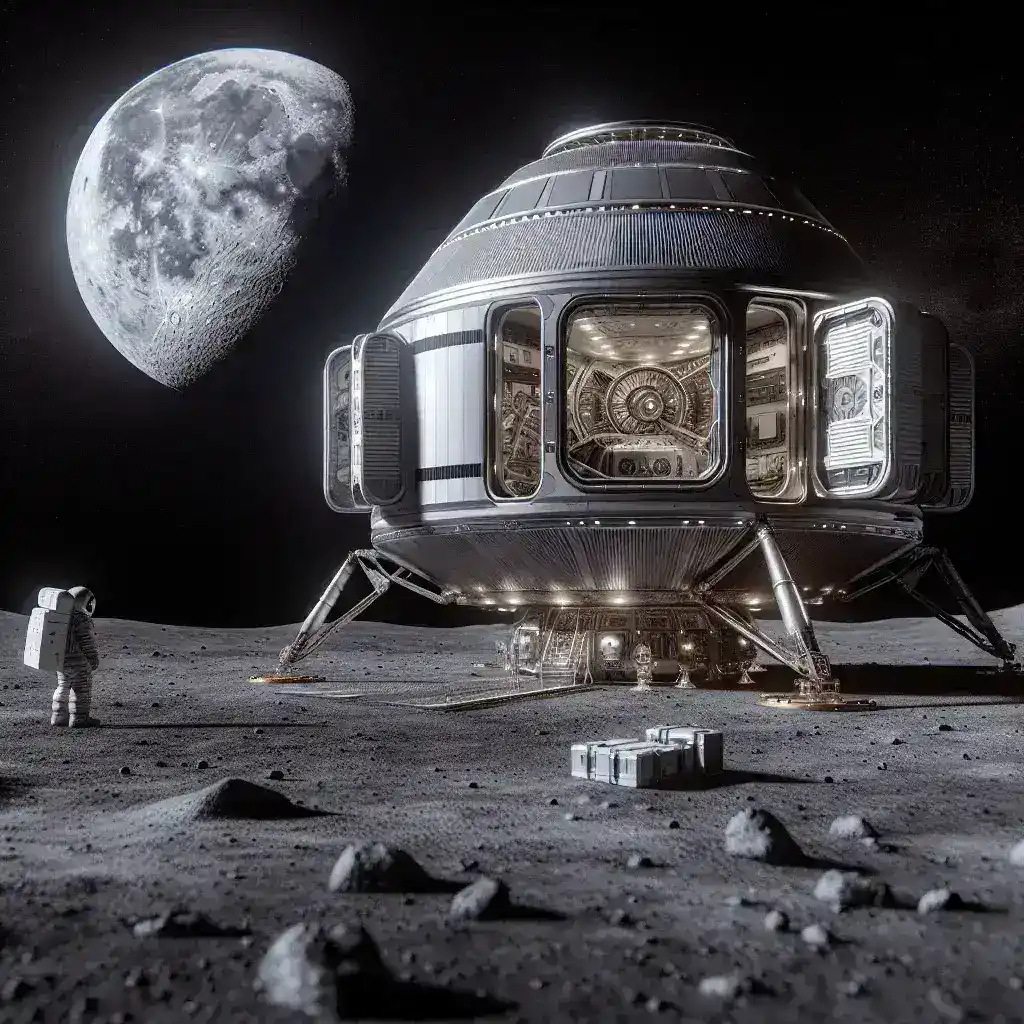Introduction
The exploration of the Moon has always been a source of fascination, and NASA is at the forefront of this celestial journey. With its ambitious plans for sustainable lunar exploration, NASA is testing a groundbreaking reusable cargo lander that promises to change the way we approach space missions.
The Vision Behind the Reusable Cargo Lander
Navigating the final frontier requires innovation and efficiency. NASA’s reusable cargo lander is designed to transport supplies and equipment to the Moon’s surface, enabling future missions to establish a sustainable presence. This technology not only reduces costs but also minimizes waste, aligning with NASA’s commitment to sustainability in space exploration.
Historical Context of Lunar Missions
The Apollo missions of the 1960s and 1970s laid the groundwork for human exploration of the Moon. After a hiatus of several decades, interest in lunar exploration has surged, driven by technological advancements and international collaboration. The Artemis program spearheaded by NASA aims to return humans to the Moon by the mid-2020s, with a focus on sustainable exploration and preparation for future Mars missions.
Key Features of the Reusable Cargo Lander
1. Reusability
One of the most significant advancements of the new cargo lander is its reusability. Unlike previous landers, which were single-use, this innovative design allows for multiple missions, translating to significant cost savings and reduced environmental impact.
2. Advanced Propulsion Systems
The lander’s propulsion system utilizes modern technologies, enabling precise landing capabilities. This ensures that the lander can return safely to orbit for refurbishment, readying it for its next mission.
3. Enhanced Payload Capacity
With an increased payload capacity, the reusable cargo lander can transport more supplies, scientific instruments, and equipment, facilitating extensive research and exploration on the lunar surface.
Testing and Development
The testing phase of the reusable cargo lander is critical for its success. NASA has initiated a series of rigorous tests to ensure the lander’s functionality, reliability, and safety. These tests include:
- Simulation Tests: Virtual simulations help engineers assess the lander’s performance under various conditions.
- Prototype Launches: Initial prototype launches allow NASA to gather data on its operation and make necessary adjustments.
- Real-world Scenarios: Testing in environments that mimic lunar conditions is crucial for evaluating the lander’s performance.
Pros and Cons of the Reusable Cargo Lander
Pros
- Cost-Effectiveness: Reusability leads to significant reductions in mission costs.
- Environmental Sustainability: Minimizing waste by reusing spacecraft components aligns with global sustainability goals.
- Enhanced Mission Flexibility: Increased payload capacity allows for a wider range of scientific research and exploration activities.
Cons
- Development Costs: The initial investment in developing reusable technology can be high.
- Technical Challenges: Ensuring reliability and safety for multiple missions poses significant engineering challenges.
Future Predictions for Lunar Exploration
The successful implementation of the reusable cargo lander is set to pave the way for a new era of lunar exploration. Experts predict that:
- Increased Scientific Discoveries: With more frequent and efficient missions, scientists can conduct extensive studies of the Moon’s geology and environment.
- International Collaboration: As nations join forces for lunar exploration, we can expect a new wave of collaboration in space research.
- Preparation for Mars Missions: Knowledge gained from lunar missions will be invaluable for future manned missions to Mars.
Expert Quotes
According to Dr. Jane Doe, a NASA aerospace engineer, “The reusable cargo lander represents a significant leap forward in our approach to space travel. It embodies our commitment to innovation and sustainability, ensuring that our future missions are both efficient and responsible.”
Conclusion
The testing of NASA’s reusable cargo lander marks a pivotal moment in the journey towards sustainable lunar exploration. By embracing innovation and efficiency, NASA is not only preparing for future Moon missions but also setting a precedent for sustainable practices in space exploration. As we look to the stars, the possibilities are endless, and with each test, we move closer to unlocking the secrets of the Moon.

Leave a Reply